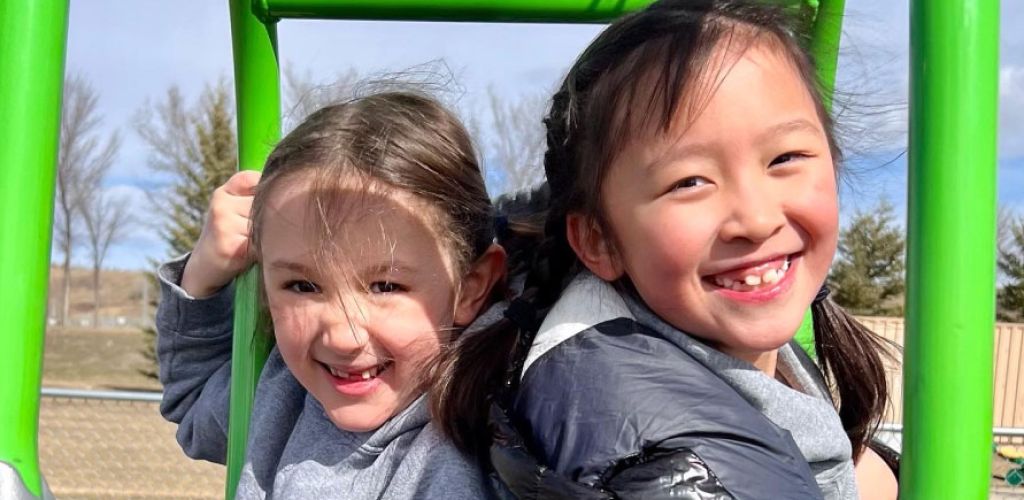By: Shannon Taggart, IB Primary Years Programme Coordinator
“We know that students learn best when they are able to apply their skills and knowledge towards real-world problems and experiences.”
Strathcona-Tweedsmuir School (STS) is a unique and special place as it is one of only a few K-12 continuum International Baccalaureate (IB) schools in Canada. The IB framework is an integral part of our school’s identity and the Flourish 2031 Strategic Plan. The Primary Years Programme (PYP) is the framework that the Elementary School uses to teach the Alberta Program of Studies. The heart of the PYP is inspiring students to take action in their community in order to leave the world better than they found it. The Primary Years Programme is where students are introduced to their schooling journey and it is where teachers instill a love of learning and encourage curiosity. From Kindergarten to Grade 6 the foundational skills are taught to set students up for success as they move through the Middle Years Programme (MYP), the Diploma Programme (DP), and beyond. We know that students learn best when they are able to apply their skills and knowledge towards real-world problems and experiences.
This year, our PYP students had a unique and exciting opportunity to do just that. In return, they’ve given current and future primary students a new place to play, grow, and flourish.
From concept to completion, our Rose Elementary Wing was designed with connection in mind, both for students and for ideas. By taking a transdisciplinary approach to learning, we are also able to use our facilities to enhance every aspect of a student’s education.
This philosophy extends beyond the classroom as well. After all, what is a playground but a launching pad for connection and self-discovery? However, despite already having a wonderful playground on our campus, our students, educators, administrators, and families felt that the youngest of our members lacked a space of their very own. We also knew that if this playground was going to fulfill the needs of its intended age group, we needed to involve our primary students at every level of its realization.
Structures are created to connect people and communities is the central idea of one of six units of inquiry that make up the Grade 1 curriculum. We immediately saw how our playground project would provide the perfect focal point for us to take such a big concept as this and break it down into a series of interconnecting ideas that could involve every subject: literacy, math, art, physical education, and more.
Rather than present a list of pre-drafted playground plans from which to choose, we wanted to empower our students to determine the design for themselves. Where to begin? With a research trip of course! With notebooks in hand, we travelled to four different playgrounds in Okotoks with one specific question in mind: Which parts of this playground have helped us to connect with one another and ourselves? We played, notes were taken, structures sketched, and a wide range of experiences and opinions were recorded for further analysis and debate.
Our next step was to generate ideas and prototypes for our playground structures. Not only did we present our designs to a professional architect, but we also involved our older PYP students in exploring and selecting the building materials to be used for our prototypes. More questions emerged: How can we make our playground stable and strong? Can we apply what we’ve learned in art class to beautify the structures and space? Do we physically have the room to include everything that’s on our list? With the help of the architect, STS Facilities Director, and their own peers, students were able to gain a firsthand appreciation of everything from the physics of a swing set to the optimum height of monkey bars to ensure that their playground would be safe and engaging for everyone in the Primary Years Programme.
The result is a beautiful new playground specially designed for our Kindergarten to Grade 2 Forest Community to enjoy. My hope is that, in the years and decades to come, the PYP students and educators of 2021-2022 will be able to look at the playground they helped to create and feel an overwhelming sense of connection, not only for the gift that they’ve bestowed upon tomorrow’s children, but for the countless lessons they’ve learned along the way. I know I will.
